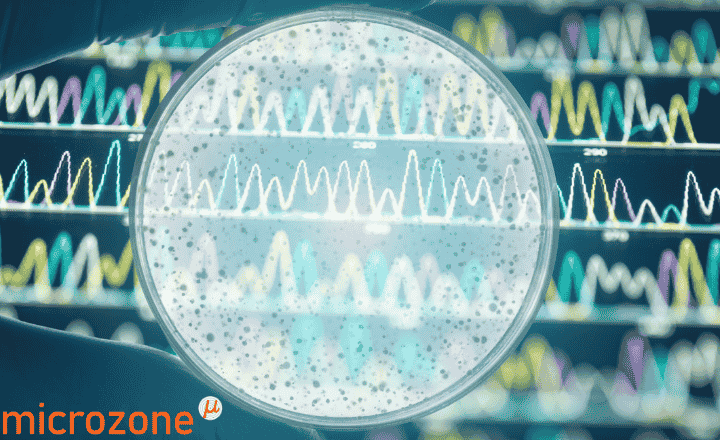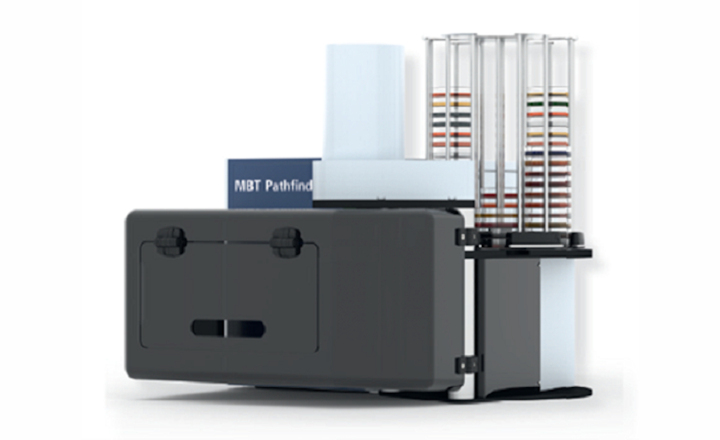From a petri dish or liquid vial the I-dOne (pronounced ‘I done’) from the Italian healthcare instrumentation company Alifax can identify bacteria or yeast in one minute by simply shining a light on it.
Well, it’s obviously more complicated than that, but the science has been around for over a decade and has been well documented in the field of microbiology for having outstanding accuracy.
The device I-dOne is not yet ready for sale in the US or in the EU and Alifax says that it still in development. The Bruker Corporation already have their IR Biotyper on the market which is only in use for the food industry and not clinical settings. The IR Biotyper can distinguish bacteria down to subspecies level and can even identify species that are embedded into food matrices which the I-dOne instrument cannot and needs an isolated sample to work on. However the IR Biotyper can only identify bacteria whereas the I-dOne can identify bacteria and yeast.
Alifax claim the I-dOne analyses the spectrum produced by the vibrational chemical bonds of intact microbial cells exposed to IR light. Each species produces a unique fingerprint-like FTIR spectrum. Results are reported as percentage of matching to microorganism spectra present in the reference database.
This database, which Alifax state will be updated regularly, is still patent pending at the time of writing. The microbes are classified using a chemometric algorithm which recognises the key fingerprint the bacteria has and is how results can be obtained in only one minute.
Alifax are known for developing diagnostic instruments in haematology and microbiology for 30 years and gained a lot of ground in this area with their erythrocyte sedimentation test that can be done in only 20 secs. Alifax also have many instruments in the microbiology field such as antimicrobial susceptibility and resistance tests in only 6 hours based on the rapid phenotypical method.
The underlying science behind the technology is called ATR-FTIR spectroscopy, (Fourier Transform Infrared Spectroscopy: Attenuated Total Reflection). An ATR accessory operates by measuring the changes that occur in an internally reflected IR beam when the beam comes into contact with a sample. An IR beam is directed onto an optically dense crystal with a high refractive index at a certain angle. This internal reflectance creates an evanescent wave that extends beyond the surface of the crystal into the sample held in contact with the crystal.
In regions of the IR spectrum where the sample absorbs energy, the evanescent wave will be attenuated. The attenuated beam returns to the crystal, then exits the opposite end of the crystal and is directed to the detector in the IR spectrometer. The detector records the attenuated IR beam as an interferogram signal, which can then be used to generate an IR spectrum.
These are benefits of the i-dOne stated by Alifax:
- ATR-FTIR Spectroscopy
- Reagent free
- No sample preparation or pre-treatment
- Patent pending fingerprint library
- Upgradable library
- User friendly interface
- No mechanical maintenance
- Easy cleaning procedure
- Smart Card
Note: This content has been edited by a rapidmicrobiology staff writer for style and content.






















